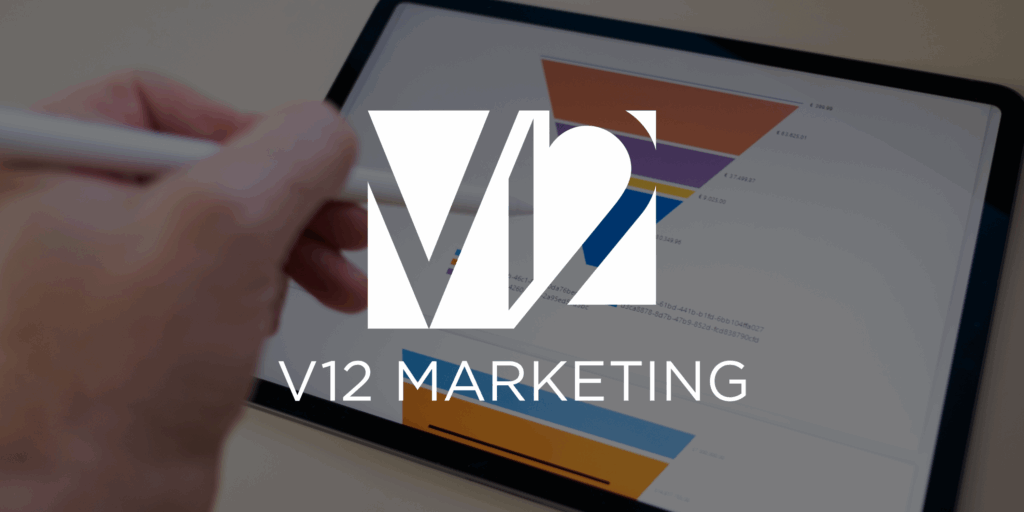
Real-time data, and increasingly complex consumer journeys, some marketers question whether the Marketing Funnel has outlived its usefulness.
But here in 2025, the reality is clear: while consumer behavior has evolved, the Marketing Funnel remains one of the most powerful strategic tools for understanding, influencing, and optimizing the customer journey.
Let’s dive into what the funnel is, how it has evolved, and why it continues to deliver value in modern marketing ecosystems.
What Is the Marketing Funnel?
The Marketing Funnel is a visual model that illustrates the process consumers go through from first learning about a brand to making a purchase (and beyond). It’s typically broken down into key stages:
-
Top of Funnel (TOFU) – Awareness
-
Middle of Funnel (MOFU) – Consideration
-
Bottom of Funnel (BOFU) – Conversion
-
Post-Funnel – Loyalty & Advocacy (a modern addition)
Why the Funnel Still Matters in 2025
1. It Brings Structure to Complexity
In 2025, buyer journeys span multiple platforms, devices, and channels, often asynchronously. The funnel helps organize this chaos, giving teams a framework to map content, ads, and messaging to each stage of the journey.
2. AI & Automation Thrive on Funnel Logic
Modern marketing stacks, especially AI-driven tools, use funnel stages to trigger automations, segment users, and personalize content. Whether it’s dynamic email workflows or programmatic ads, funnel logic powers smarter, scalable marketing.
3. It Aligns Teams and Strategy
From sales to content creators to data analysts, the funnel provides a common language. Marketers can align objectives (e.g., increasing awareness vs. boosting conversions) and assign KPIs based on funnel positioning.
4. Measurement Is More Granular Than Ever
Today’s analytics tools allow marketers to track users across each funnel stage, making it easier to identify where drop-offs occur and how to fix them. This has made funnel-based optimization far more actionable and data-backed than in previous decades.
5. It Supports Personalization at Scale
Thanks to CRM tools, cookies, and AI, marketers can now deliver hyper-personalized content that matches a prospect’s exact stage in the funnel. This improves user experience, boosts engagement, and increases conversion rates.
How the Funnel Has Evolved
In 2025, the funnel is no longer just a linear path. It’s more like a looping, branching, and dynamic experience, but still structured around the same core principles.
Modern adaptations include:
-
Flywheel Models – Emphasize customer retention and advocacy
-
Micro Funnels – Funnel logic applied to individual campaigns or landing pages
-
Omnichannel Funnels – Reflect customer journeys across social, email, search, mobile, and in-store
These evolutions show that the funnel hasn’t died, it’s matured.
Funnel Metrics That Matter in 2025
Here are some example KPIs by funnel stage:
| Funnel Stage | Goal | Example KPIs |
|---|---|---|
| TOFU | Awareness | Impressions, Reach, Website Traffic, Social Shares |
| MOFU | Engagement | Time on Site, Email Signups, Resource Downloads |
| BOFU | Conversion | Purchase Rate, Demo Requests, Add to Cart |
| Loyalty | Retention | Repeat Purchases, NPS Score, Customer Referrals |
The Funnel Isn’t Dead, It’s Smarter
In 2025, the marketing funnel is more important than ever, not because it’s perfect, but because it provides clarity in complexity.
By aligning strategy, personalization, analytics, and automation around funnel stages, brands can meet their customers with the right message, at the right time, in the right place, which is still the core of great marketing.
Let’s get started no your net winning marketing campaign, starting with a free consultation!





